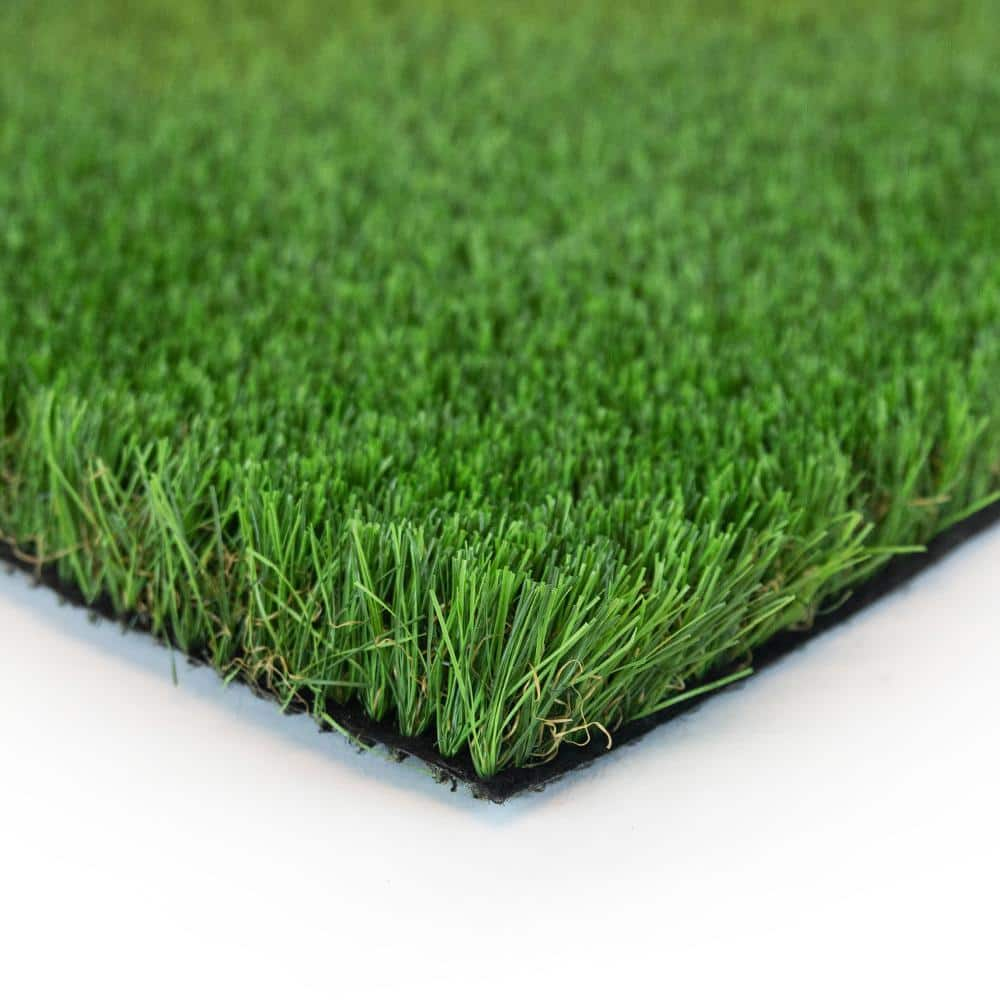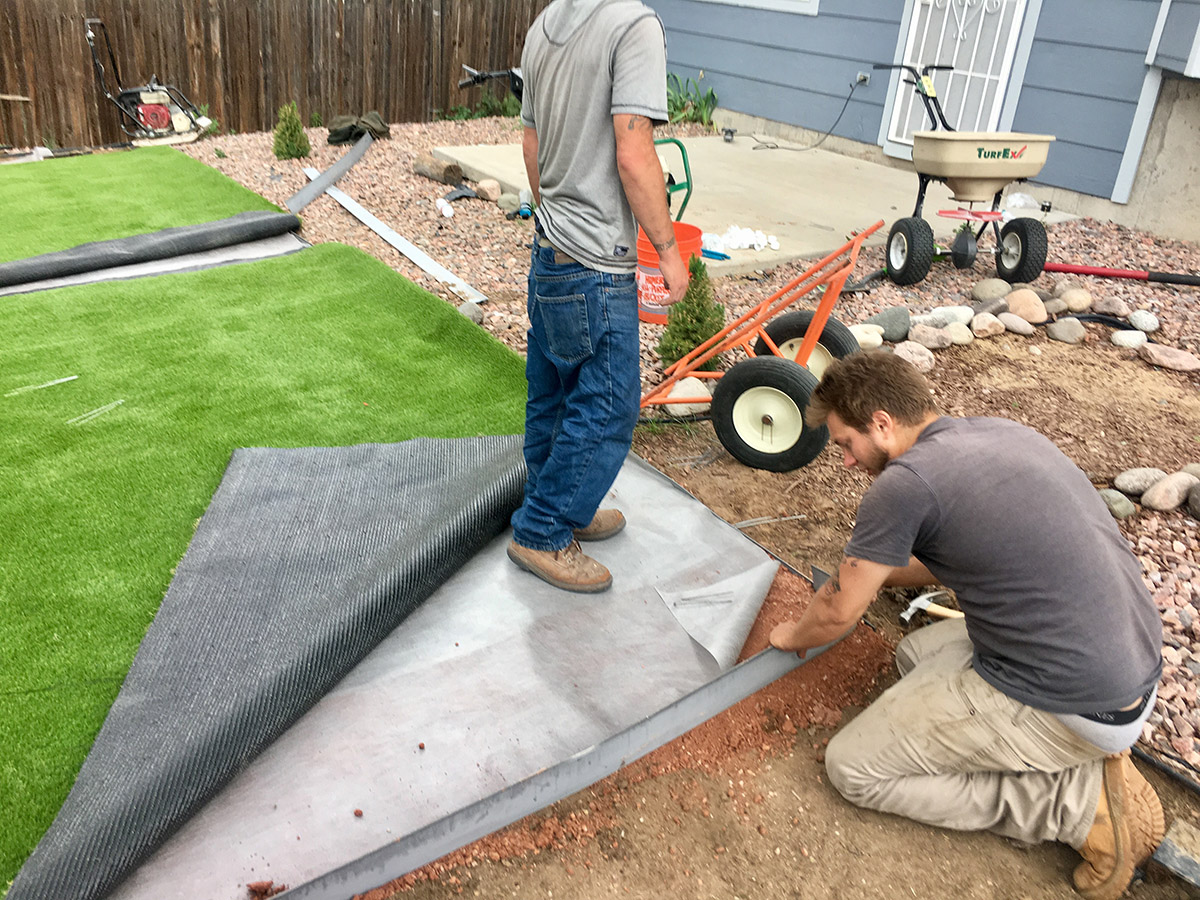Top-Grade Arizona Turf Options for a Attractive and Lush Landscape
Top-Grade Arizona Turf Options for a Attractive and Lush Landscape
Blog Article
See Why Homeowners Prefer Synthetic Grass for Sustainable Landscaping Practices
As homeowners significantly prioritize sustainability in landscaping, synthetic grass has arised as an engaging option to traditional turf. What stays to be discovered is the complete extent of benefits that fabricated lawn can provide to property owners and the atmosphere alike.
Water Preservation Benefits
One of the most considerable benefits of synthetic grass is its duty in water preservation. In comparison, synthetic grass eliminates this demand totally, as it does not require irrigation.
Furthermore, the installation of synthetic grass can add to an extra lasting landscape. House owners can significantly reduce their water expenses, permitting reallocation of resources to various other ecological efforts or house usages. In addition, synthetic grass is made to stand up to different weather conditions without the demand for supplemental watering, making it a suitable selection for areas facing water deficiency.
The environmental benefits prolong past immediate water savings. By reducing water usage, synthetic grass helps to reduce the influences of climate change, maintaining essential ecosystems that are threatened by excessive water extraction. As sustainable landscaping techniques acquire grip, synthetic grass becomes a responsible selection for homeowners seeking to develop environment-friendly outside spaces.
Reduced Maintenance Initiatives
Synthetic grass dramatically lowers maintenance initiatives contrasted to conventional turf lawns. With synthetic grass, homeowners can eliminate the taxing tasks connected with natural landscaping, such as mowing, fertilizing, and weeding. This not just conserves important time yet additionally minimizes physical labor, making grass care available for individuals of any ages.
Among the most significant advantages is the lack of routine mowing. Typical grass require constant cutting to maintain a visually pleasing height, whereas artificial grass continues to be constantly rich without the requirement for cutting. In addition, homeowners no much longer require to use fertilizers or pesticides, which are commonly required to maintain natural lawn healthy and balanced. This change not only lightens the workload yet likewise promotes a neater, extra uniform look year-round.
Furthermore, synthetic grass is resistant and resilient, calling for minimal maintenance past periodic cleaning and washing to get rid of debris. This convenience of upkeep permits home owners to enjoy their outdoor spaces without the constant worry of upkeep, offering more time for leisure and family activities. Ultimately, the minimized upkeep initiatives associated with synthetic grass make it an attractive option for those looking for a low-maintenance, aesthetically appealing landscape.

Environmental Impact Decrease
There is a growing acknowledgment of the ecological advantages connected with artificial turf, specifically in terms of water preservation and reduced chemical usage. Traditional lawns require substantial quantities of water, especially in drought-prone regions, resulting in enhanced pressure on neighborhood water sources. On the other hand, man-made lawn gets rid of the demand for irrigation, significantly reducing water consumption and promoting sustainability.
In addition, traditional yard maintenance typically entails the application of pesticides, plant foods, and herbicides, which can add to dirt and water contamination. Fabricated grass alleviates this ecological hazard by needing minimal maintenance and virtually eliminating the demand for dangerous chemicals. This not just improves soil wellness but likewise secures local ecosystems from poisonous drainage.
Furthermore, the production of all-natural lawn lawns typically involves the usage of fossil gas for mowing and landscaping tools, further adding to greenhouse gas discharges. By picking man-made turf, house owners can significantly decrease their carbon impact connected with lawn treatment tasks.
Aesthetic Charm and Flexibility
In addition i was reading this to its environmental benefits, artificial lawn provides considerable aesthetic allure and flexibility for landscape design. Property owners can achieve a rich, environment-friendly look year-round, eliminating the seasonal changes frequently related to natural grass. This consistent aesthetic not only improves the aesthetic allure of a residential why not try these out property yet additionally contributes to a properly maintained and polished appearance.
In addition, artificial turf is readily available in a selection of colors, designs, and appearances, permitting modification to match individual preferences and design motifs - Arizona artificial turf. Whether utilized in residential yards, business areas, or leisure locations, it can effortlessly integrate into varied landscaping designs, from modern minimal to rich tropical setups
The convenience of fabricated grass extends past simple appearance; it can be installed in numerous places, including roofs, outdoor patios, and even interior spaces, developing chances for special landscaping remedies. Furthermore, it is suitable for a variety of activities, from youngsters's backyard to pet-friendly settings, offering functionality without endangering style.
Inevitably, the aesthetic allure and flexibility of synthetic grass make it an attractive choice for property owners looking for sustainable landscape design solutions that do not compromise beauty for environmental duty.

Long-Term Price Cost Savings
Among the most engaging advantages of fabricated lawn is its capacity for long-term price savings. Unlike all-natural grass, which needs normal maintenance-- consisting of mowing, watering, fertilizing, and parasite control-- synthetic grass substantially reduces these continuous expenditures. Property owners can conserve a substantial amount on water costs, particularly in areas where water deficiency is a pressing problem. The removal of grass care services additionally adds to economic savings, as there is no requirement for specialized devices or labor.
Furthermore, synthetic grass has a life-span of 15 to 25 years, relying on its top quality and use. This durability minimizes substitute prices, making it an extra affordable option in the lengthy run. The initial investment in fabricated lawn can commonly be recovered through the savings accrued over time.
While the upfront expense may appear greater compared to turf setup, the advancing savings from reduced upkeep and water usage often surpass these preliminary expenditures. Inevitably, the adoption of synthetic grass not only promotes a sustainable landscape design service but likewise provides home owners an economically savvy alternative over at this website that aligns with lasting budgeting objectives.
Conclusion
Fabricated grass emerges as an engaging choice for lasting landscaping, supplying substantial advantages in water conservation, reduced maintenance efforts, and decreased ecological effect. As areas significantly focus on environmentally friendly practices, the fostering of man-made grass represents a progressive step towards accomplishing sustainable and resilient landscapes.
Additionally, artificial turf is created to hold up against various climatic conditions without the demand for extra watering, making it a perfect selection for areas facing water shortage. (Arizona artificial turf)

Synthetic lawn emerges as a compelling alternative for sustainable landscape design, using significant benefits in water conservation, lowered maintenance initiatives, and reduced environmental impact.
Report this page